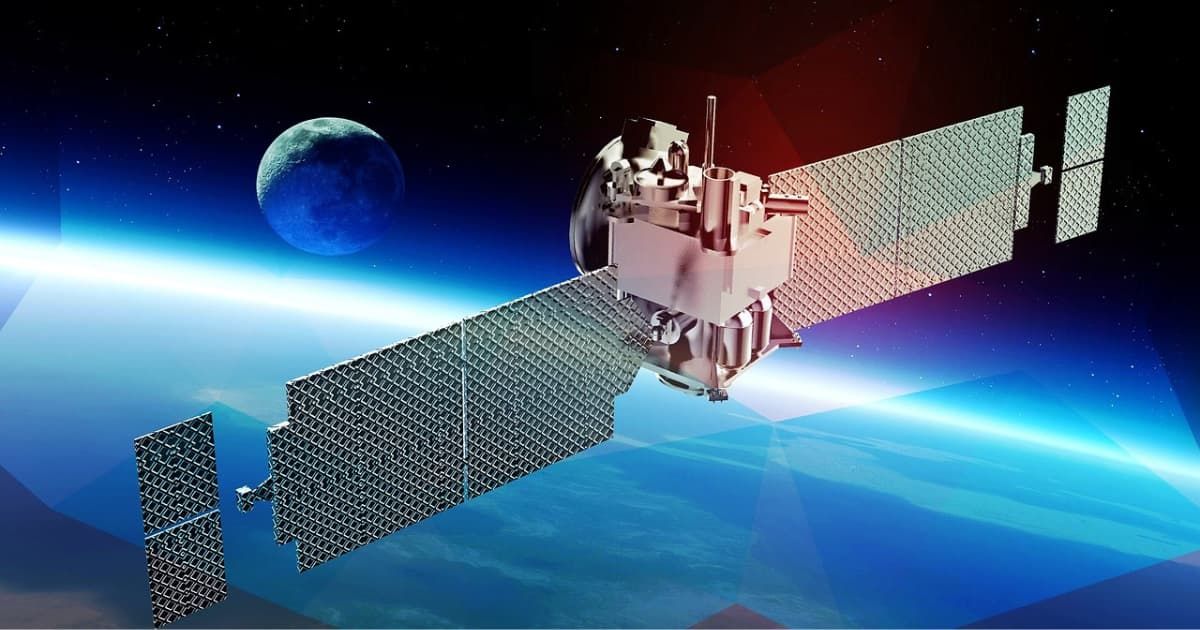NASA Probe Lost at 24 Billion Kilometers Resurfaces on Radar Unexpectedly, Astonishes Engineers

NASA sent out various probes to explore the limits of space and kept track of an array of missions in its catalog. This included the 1977 Voyager 1, which was the farthest human-made object from Earth. The Voyager was on its mission in deep space when, in November 2023, something went wrong with its usual data stream, according to Glass Almanac. The spacecraft began to transmit a scrambled and repetitive sequence of data with unreadable signals. Scientists feared that this was the end of their pride, space explorer, and that the probe would go dark. However, the engineers at NASA were not ready to give up and wanted to find what was wrong.
🚨🇺🇸 NASA SCRAMBLES TO RECONNECT WITH VOYAGER 1 AFTER RADIO BLACKOUT
— Mario Nawfal (@MarioNawfal) November 3, 2024
NASA’s Voyager 1 recently went silent for days due to a switch in transmitters caused by power issues.
Engineers discovered the spacecraft’s fault protection system had activated an S-band frequency last used… pic.twitter.com/8ZIulqFwOU
Analysis revealed the issue: a malfunctioning chip had corrupted a critical 3% of the flight system’s memory. This failure meant that the important code that controlled the operation of the spacecraft was lost. This was a significant threat to the mission that lasted five decades, as it made scientific and engineering data inaccessible. The NASA team rerouted the corrupted code, separating it into parts and relocating each part in a different portion of the spacecraft’s memory. The team described the process as conducting brain surgery on a machine that was older than its doctors. Not to mention, conducting something so intricate from a distance of over 24 billion kilometers.
.@NASA restored contact with Voyager 1 after the probe had stopped transmitting due to an error in its fault protection system. Engineers reestablished communication through the Deep Space Network, working to assess the spacecraft’s condition despite its extreme distance and… pic.twitter.com/Yr3EIbbomD
— Erika (@ExploreCosmos_) October 30, 2024
After much effort, on April 20, 2024, Voyager 1 sent a message confirming the successful addition of the patch. Along with the restoration of the code, the spacecraft was also sending back readable engineering data, ensuring the recovery of full scientific functionality. Engineers also planned to continue the relocation process of the affected parts of the system software, as per the Farmingdale Observer. This was an attempt to try and restore the transmission of important scientific data. Voyager 1 and its twin, Voyager 2, were both from a different era but continued to push the limits of space, and NASA remained on top of their maintenance game.

The Flight Data Subsystem (FDS) was responsible for packaging the science and engineering data before transmitting it to Earth. NASA’s Voyager 1 spacecraft started to return usable data about the health and status of its onboard engineering systems, according to NASA Jet Propulsion Laboratory. A radio signal took around 22 ½ hours to reach Voyager 1 from Earth and another 22 ½ hours for a signal to reach back home. Once the signal was back, the team checked up on the probe for the first time in five months. Before the probes traveled far for their interstellar exploration, both the twin probes flew by Saturn and Jupiter, with Voyager 2 flying by Uranus and Neptune.
The age and distance of the craft were defying expectations, and Linda Spilker, project scientist for Voyager, termed it a ‘great day.’ The construction of the probe and the resilience of the team kept them working. The spacecraft exited the heliosphere long ago and was floating across interstellar space. It carried various instruments and a collection of records with sounds and messages from Earth. This mission was a reminder of what humans were capable of as they built a machine that outlasted generations and pushed past unknown boundaries of existence. Voyager 1 called out to us from the edge of the cosmos to remind us of the spirit of exploration.